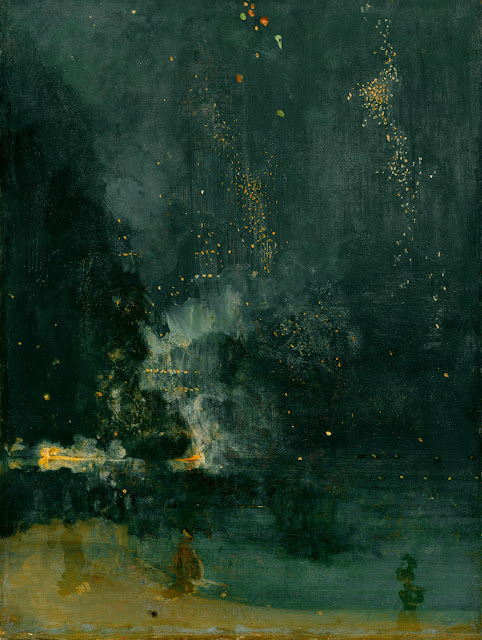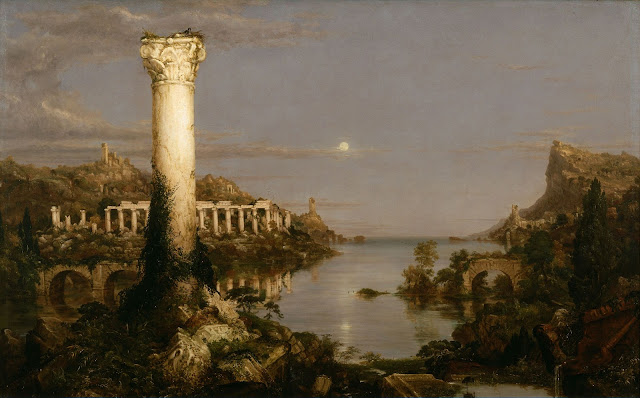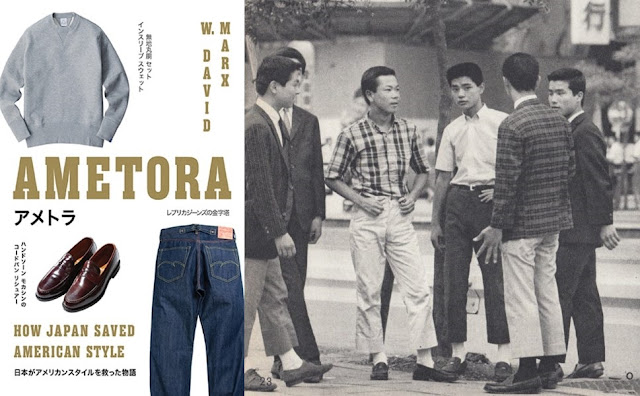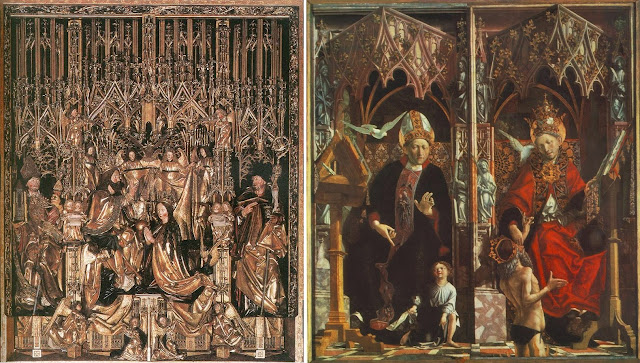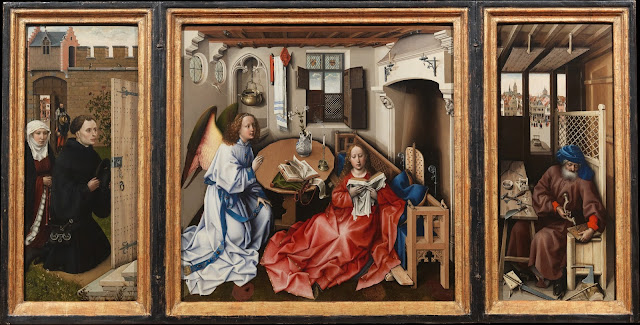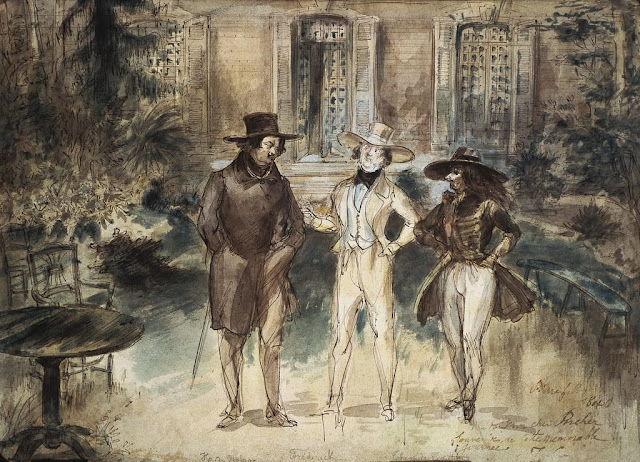Arts and Crafts

Selwyn Image (1849-1930) graphic art: Left: The Tragic Mary (1890); Center: The Century Guild Hobby Horse (1884); Right: Representative Painters of the Nineteenth Century (1899); The sphere of art is in the region of the imagination, and the office of the imagination is to render us sensitive to the most exquisite pleasures of which our nature is capable. ~ Selwyn Image (1884) Notes: The Century Guild was established by the architect and designer Arthur Heygate Mackmurdo (1851 – 1942), and his assistant, Herbert Percy Horne (1864 – 1916), in close collaboration with designer Selwyn Image (1849 – 1930). They aspired to elevate crafts to the status of art, integrate both art and crafts in domestic interiors, and democratize good design. Hobby Horse was their publication. ( William Morris Gallery )

